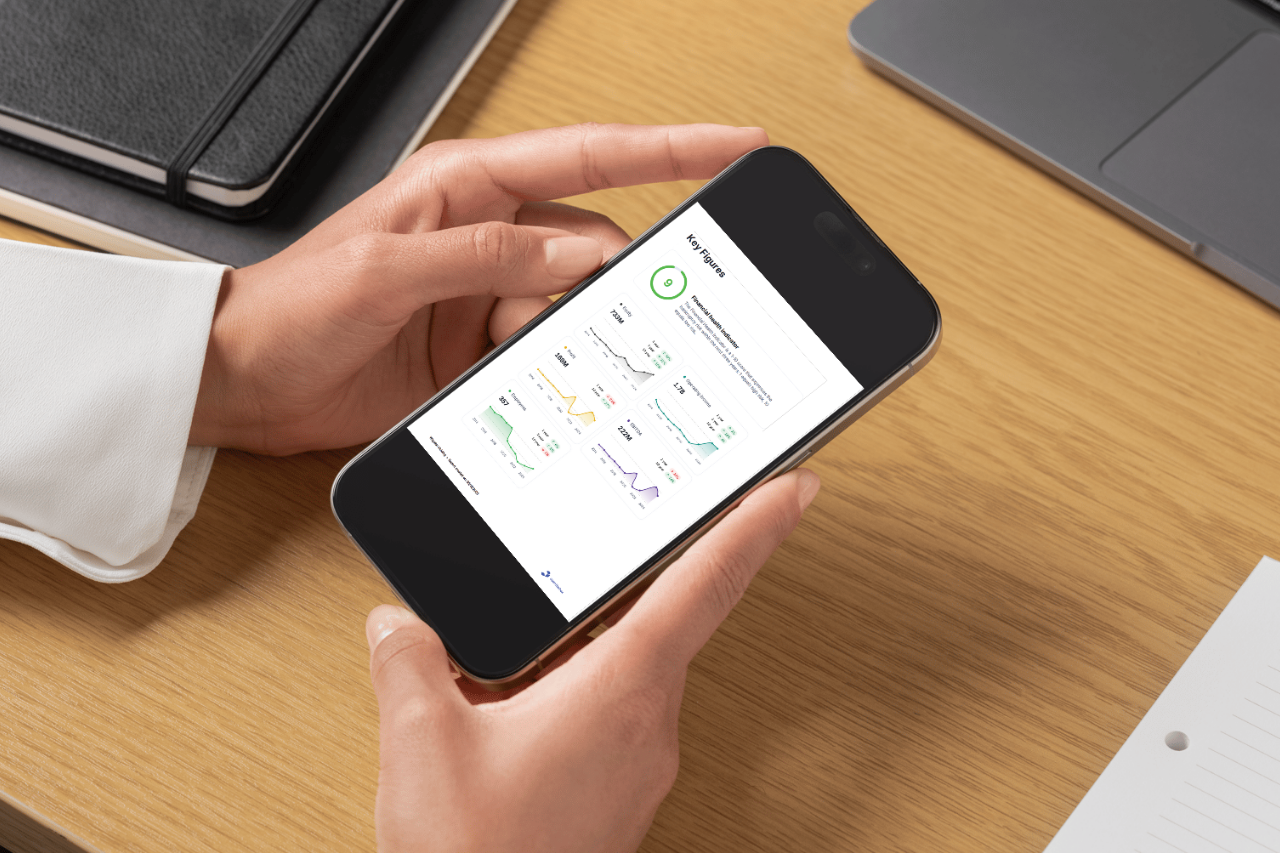
Part 2/3 of our series: “From Insight to Execution: How Today’s Investors Turn Macro Trends Into Deal Flow”
In Part 1, we explored how to align macro strategy with deal sourcing. Now we focus on the second half of the equation: using macroeconomic signals to guide capital deployment, refine valuations, and drive real-time decisions.
These five steps show how leading investors are turning macro signals into smarter execution across their portfolios.
Step 1: Anchor Macro to Your Portfolio Objectives
Macroeconomic indicators are only useful if they’re tied to what you’re trying to achieve.
Start by defining your fund’s objectives—growth, yield, resilience, or opportunistic returns. Then identify which macro signals most directly influence them.
For example:
- A yield-focused strategy watches interest rates and inflation.
- A growth-oriented fund might track GDP, tech adoption, or policy reform.
- A distressed playbook may zero in on credit spreads and default cycles.
The takeaway: don’t treat macro as background noise. Treat it as a compass—aligned to your specific mandate and investment lens.
Step 2: Use Macroeconomic Signals to Stress-Test Assumptions
Macroeconomic shifts are the ultimate reality check for deal models.
Take your key assumptions—growth, margins, multiples—and test how they perform under multiple economic scenarios.
Ask questions like:
- What happens to returns if interest rates rise 100bps?
- Does this target’s pricing power hold if inflation persists?
- Can this company handle slower consumer demand?
Scenario-based modeling helps you expose hidden sensitivities and justify deal terms with greater conviction.
For example, during periods of rate volatility, we’ve seen investors renegotiate structures or introduce interest rate hedges based on these macro tests.
Step 3: Align Capital Deployment with Timing Signals
Capital deployment isn’t just about where—it’s about when.
Macroeconomic signals can help investors pace their activity. In uncertain markets, slowing down or holding cash may be prudent. When recovery signs appear—easing inflation, improving sentiment, policy support—it may be time to accelerate.
This was clear during 2023, when many PE funds paused acquisitions due to high borrowing costs and mixed macro signals. Others moved quickly as sectors like energy and healthcare rebounded.
Use macro to calibrate velocity. Speed up in tailwinds. Stay cautious in headwinds. Your capital rhythm should track the economic cycle, not just your pipeline.
Step 4: Identify Deal Pivots at Inflection Points
Macroeconomic inflection points often demand strategic shifts. Whether it's a rate hike cycle, a geopolitical event, or a shift in supply chains, the smartest investors adjust thesis and timing to match the moment.
For example, during 2023’s inflation-driven volatility, many firms pivoted away from highly levered growth deals and toward sectors like energy and healthcare that offered stronger pricing power and durability.
Based on insights from our recent webinar on AI and private equity, one recurring theme was the growing role of technology in helping investors identify and act on these turning points.
AI accelerates deal selection and lowers risk through better pattern recognition, leading experts from the webinar emphasized that it's not a complete solution. The winning approach combines AI's analytical capabilities with human judgment, particularly for identifying unique opportunities that don't fit standard patterns. This hybrid model has proven especially valuable for firms executing strategic shifts during macroeconomic inflection points.
This reinforces the idea that timely pivots require both signal recognition and strategic agility—something AI can support, but not replace.
Macro-aware teams don’t cling to old playbooks. They stay flexible, rotate focus when conditions shift, and act decisively when windows open.
Step 5: Build a Feedback Loop from Deal History
Macroeconomic thinking shouldn’t stop at deal close.
Capture the macro assumptions behind each investment—then track what actually happened. Did rate hikes hurt returns? Did your inflation hedge work? Could you have timed it better?
Reviewing outcomes through a macro lens builds pattern recognition. Over time, your team becomes sharper at interpreting signals and stress-testing strategy.
Frequent acquirers often outperform not just through volume, but because they learn faster. Embedding this feedback loop turns your past into an execution advantage.
Conclusion: Turning Macro Insight into Execution Edge
Smart investors don’t just observe the macro landscape—they use it to drive timing, shape strategy, and build resilience into every deal. By anchoring economic signals to your objectives, pressure-testing assumptions, pacing capital to market cycles, and learning from outcomes, you create a more agile and informed investment process.
Technology like AI can amplify this edge, especially when paired with human judgment and market intuition. It’s this hybrid approach—data-informed, strategy-driven—that helps investors stay ahead in fast-changing markets.
In Part 3 of our series, we’ll explore how top-performing funds extend this discipline all the way to the finish line—optimizing portfolio readiness, timing exits around macro cycles, and capturing premium outcomes even in volatile environments.
Because in today’s landscape, being deal-ready isn’t enough. You need to be exit-ready—always.





